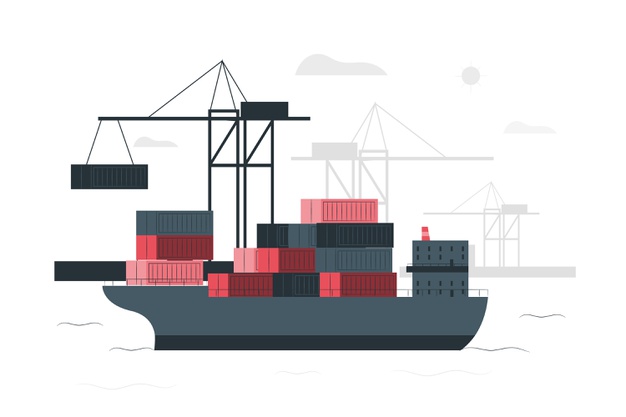4 Container Lashing Guidelines to Keep Your Staff Safe

The world is becoming smaller and the coffee your start your morning with may have been grown and processed halfway across the world. A majority of consumer cargo is shipped by sea. Today’s container ships can carry as much as 22,000 TEUs. But, in order for these containers to reach their destination safely, you must pay attention to container lashing. When it comes to lashing containers, a lot has been written about the importance of using the right materials and techniques but the human aspect is often overlooked. Lashing is a manual process and thus, safety is paramount. Here are a few things to keep in mind.
Give Your Staff Appropriate Safety Gear
Just as you need to keep the cargo safe, you need to keep your people safe. So, before they start working, make sure they have appropriate safety gear. Each individual must have a reflective vest that makes them visible from a distance, steel toe shoes and a hard helmet. They must also have gloves to protect their hands when they are handling lashing material. Individuals who need to lift and move supplies must have back support belts. In addition, workers who are operating aloft must have a safety harness. Also, teach your staff to warm up their muscles before they start working. This is important as container lashing is a very strenuous physical job.
Maintain a Safe Working Environment
A loose cable lying around could trip someone. Similarly, open booby hatches could be very dangerous. Before your lashing teams start their work, make sure the ship’s deck is cleared of all unnecessary material. Inspect all railings, work platforms, steps and catwalks before you start operations. Close all manhole covers and booby hatches and organize the lashing materials such that they are accessible yet not placed in such a way that someone may trip over them. They should be placed only in their assigned places or to the side of the walking path. Instruct your team to stay away from power cords and electrical equipment until they have been made safe to work with.
Prioritize Quality Checks for All Lashing Material
Poor quality lashing material not only puts the safety of your cargo at risk but also puts your team at risk. If the material being used has already undergone a high amount of wear and tear, it may break under the strain. Since it would have been tightened already, if it breaks, it could hit the people handling it and injure them. Any defects in the ship’s structure or the operational systems must be reported instantly and addressed as soon as possible. Before you start the lashing operations, inspect all material for signs of wear and tear and use only those materials that pass a stringent quality check. This check must be conducted at the start of every lashing operation.
Establish Safe Working Systems
In addition to giving your team protective gear and using good quality lashing materials, you also need to set up safe working systems. For example, your staff must always work in pairs when handling turnbuckles and rods. They should not lash or unlash containers when there is another co-worker within 3 container widths. They should also be instructed to not throw rods or other lashing equipment until they are sure that there is no one else in the vicinity.
Establishing safety procedures when container lashing is underway is key to protecting your cargo and your teams. Worker is safety is an important aspect building a trustworthy image for your company and hence should always be prioritized. These small steps can go a long way in giving your company the image you want.





